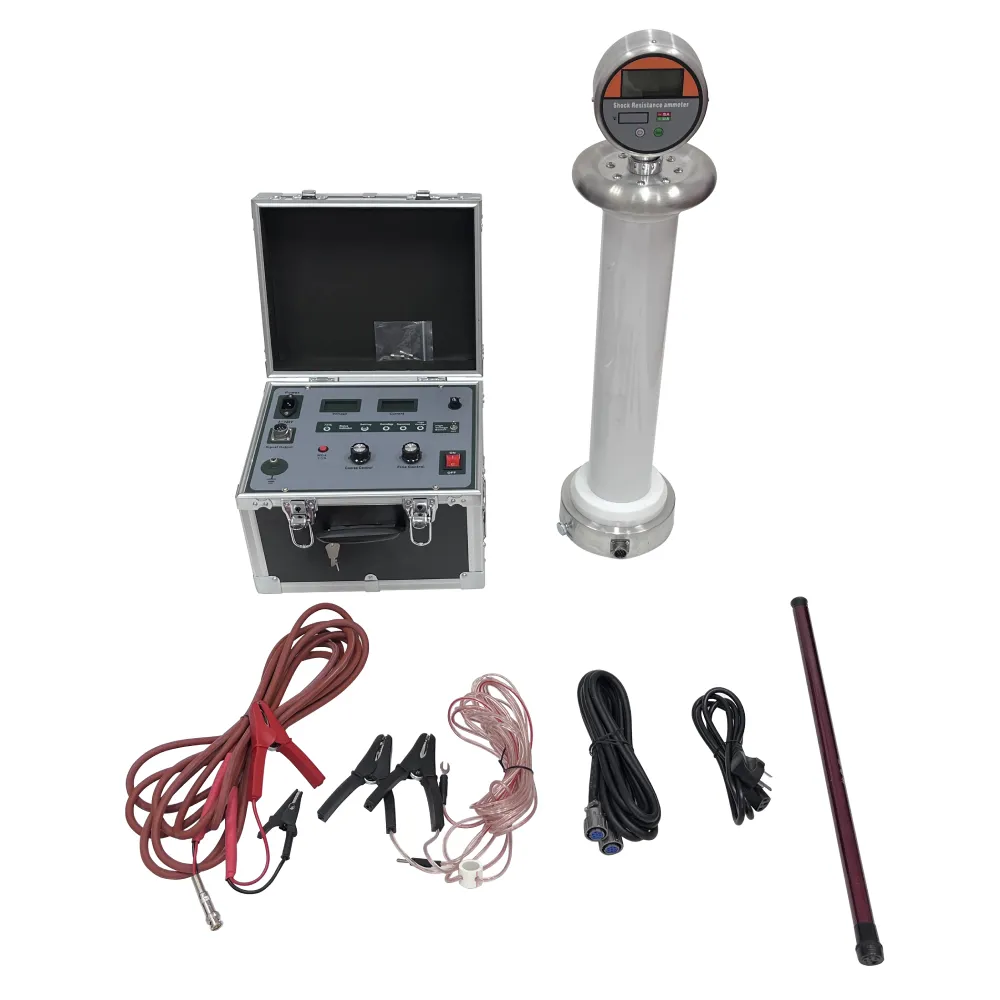 English
English



-
 Afrikaans
Afrikaans -
 Albanian
Albanian -
 Amharic
Amharic -
 Arabic
Arabic -
 Armenian
Armenian -
 Azerbaijani
Azerbaijani -
 Basque
Basque -
 Belarusian
Belarusian -
 Bengali
Bengali -
 Bosnian
Bosnian -
 Bulgarian
Bulgarian -
 Catalan
Catalan -
 Cebuano
Cebuano -
 China
China -
 China (Taiwan)
China (Taiwan) -
 Corsican
Corsican -
 Croatian
Croatian -
 Czech
Czech -
 Danish
Danish -
 Dutch
Dutch -
 English
English -
 Esperanto
Esperanto -
 Estonian
Estonian -
 Finnish
Finnish -
 French
French -
 Frisian
Frisian -
 Galician
Galician -
 Georgian
Georgian -
 German
German -
 Greek
Greek -
 Gujarati
Gujarati -
 Haitian Creole
Haitian Creole -
 hausa
hausa -
 hawaiian
hawaiian -
 Hebrew
Hebrew -
 Hindi
Hindi -
 Miao
Miao -
 Hungarian
Hungarian -
 Icelandic
Icelandic -
 igbo
igbo -
 Indonesian
Indonesian -
 irish
irish -
 Italian
Italian -
 Japanese
Japanese -
 Javanese
Javanese -
 Kannada
Kannada -
 kazakh
kazakh -
 Khmer
Khmer -
 Rwandese
Rwandese -
 Korean
Korean -
 Kurdish
Kurdish -
 Kyrgyz
Kyrgyz -
 Lao
Lao -
 Latin
Latin -
 Latvian
Latvian -
 Lithuanian
Lithuanian -
 Luxembourgish
Luxembourgish -
 Macedonian
Macedonian -
 Malgashi
Malgashi -
 Malay
Malay -
 Malayalam
Malayalam -
 Maltese
Maltese -
 Maori
Maori -
 Marathi
Marathi -
 Mongolian
Mongolian -
 Myanmar
Myanmar -
 Nepali
Nepali -
 Norwegian
Norwegian -
 Norwegian
Norwegian -
 Occitan
Occitan -
 Pashto
Pashto -
 Persian
Persian -
 Polish
Polish -
 Portuguese
Portuguese -
 Punjabi
Punjabi -
 Romanian
Romanian -
 Russian
Russian -
 Samoan
Samoan -
 Scottish Gaelic
Scottish Gaelic -
 Serbian
Serbian -
 Sesotho
Sesotho -
 Shona
Shona -
 Sindhi
Sindhi -
 Sinhala
Sinhala -
 Slovak
Slovak -
 Slovenian
Slovenian -
 Somali
Somali -
 Spanish
Spanish -
 Sundanese
Sundanese -
 Swahili
Swahili -
 Swedish
Swedish -
 Tagalog
Tagalog -
 Tajik
Tajik -
 Tamil
Tamil -
 Tatar
Tatar -
 Telugu
Telugu -
 Thai
Thai -
 Turkish
Turkish -
 Turkmen
Turkmen -
 Ukrainian
Ukrainian -
 Urdu
Urdu -
 Uighur
Uighur -
 Uzbek
Uzbek -
 Vietnamese
Vietnamese -
 Welsh
Welsh -
 Bantu
Bantu -
 Yiddish
Yiddish -
 Yoruba
Yoruba -
 Zulu
Zulu
5kv ir tester
Understanding the 5kV Insulation Resistance Tester A Comprehensive Overview
In the realm of electrical testing, insulation resistance testers play a crucial role in ensuring the safety and reliability of electrical systems. Among various models, the 5kV insulation resistance tester stands out due to its versatility and effectiveness in high-voltage applications. This article delves into the significance, features, applications, and best practices associated with the 5kV insulation resistance tester.
Significance of Insulation Resistance Testing
Insulation resistance testing is vital for the evaluation of the integrity of electrical insulation in equipment and wiring. It helps prevent electrical failures, which can lead to equipment damage, operational downtime, and safety hazards. The 5kV insulation resistance tester is specifically designed to conduct tests under higher voltages, which is essential for larger systems such as motors, generators, cables, and transformers that typically operate at high voltages.
Features of the 5kV Insulation Resistance Tester
A standard 5kV insulation resistance tester offers a range of features that enhance its usability and accuracy
1. High Voltage Output The tester applies a voltage of up to 5,000 volts, enabling it to assess insulation resistance effectively across a variety of high-voltage equipment.
2. Advanced Measurement Range It typically measures resistance values from 1 megohm (MΩ) to several gigaohms (GΩ), making it suitable for both low and high resistance applications.
3. User-Friendly Interface Most models include an intuitive interface with large displays, making it easier for users to read measurements and navigate through settings.
4. Data Storage and Transfer Many modern testers are equipped with data storage capabilities, allowing users to save test results for future reference. Some models even offer connectivity options to transfer data to a computer for analysis.
5. Battery and Rechargeable Options The testers are often battery-operated, with options for rechargeability, providing portability and convenience for fieldwork.
Applications of the 5kV Insulation Resistance Tester
The 5kV insulation resistance tester is used across various industries, including
5kv ir tester

1. Power Generation and Distribution Ensuring the reliability of high-voltage equipment, such as transformers and switchgear, in power generation plants and substations.
2. Manufacturing Testing the insulation of electric motors and other machinery to prevent operational failures.
3. Renewable Energy Assessing the integrity of wind turbine generators and solar power systems, where high-voltage components are prevalent.
4. HVAC Systems Conducting insulation tests on high-voltage systems within large buildings to ensure safety and efficiency.
Best Practices for Using a 5kV Insulation Resistance Tester
To achieve accurate and reliable results while using a 5kV insulation resistance tester, consider the following best practices
1. Preparation Ensure that the equipment under test is de-energized and properly isolated. Remove any connected loads and discharges capacitors if applicable.
2. The Right Environment Conduct tests in a dry environment when possible. Moisture can significantly affect insulation resistance readings.
3. Follow Manufacturer's Instructions Each tester may have specific guidelines; always refer to the manufacturer's manual for proper usage instructions.
4. Regular Calibration Ensure the tester is calibrated regularly according to the manufacturer's specifications to maintain accuracy.
5. Document Results Keep a record of all measurements taken for trend analysis and to meet regulatory requirements.
Conclusion
The 5kV insulation resistance tester is an indispensable tool for ensuring the stability and safety of high-voltage electrical systems. By understanding its functionality, applications, and best practices, electrical professionals can effectively mitigate risks associated with electrical insulation failures. Investing in a reliable insulation resistance tester is a proactive step towards enhancing electrical safety and operational efficiency in various industries.
-
Ensuring SF₆ Gas Safety: Introducing PUSH’s Integrated SF₆ Analyzer for Dew Point, Purity, and Decomposition MonitoringNewsJul.10,2025
-
Exploring the Main Types of Industrial Endoscopes and Their Applications Across IndustriesNewsJul.04,2025
-
Testing Equipment Industry Sees Major Advancements in 2025: Smart & Precision Technologies Lead the WayNewsJun.06,2025
-
Applications of Direct Current Generators in Renewable Energy SystemsNewsJun.05,2025
-
Hipot Tester Calibration and Accuracy GuidelinesNewsJun.05,2025
-
Digital Circuit Breaker Analyzer Features and BenefitsNewsJun.05,2025



